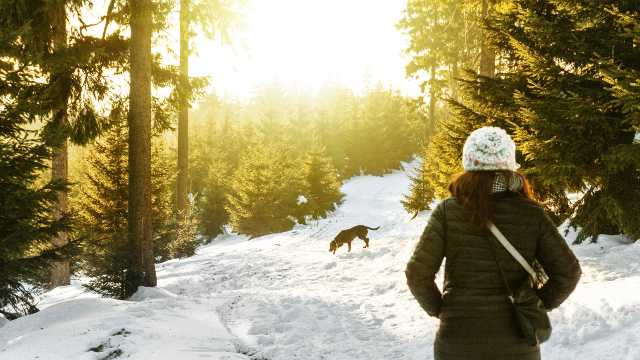By Bill Cook
Retired MSU Forester/Biologist
Across the Lake States, there are over 50 million acres of forest. That does not include Ontario, which has more than twice that. However, how much of the Lake States is “wild”?
If you’re an urban or suburban dweller, just about any land with trees and no buildings could be considered “wild”. Pure Michigan tries to pawn-off the entire Upper Peninsula as “wilderness”. But it is not. Not even close. Depending.
There exists a spectrum of wildness.
Federally designated wilderness areas, such as those on national forests and parks, are the most restrictive. They are areas with minimal human impact and are intended, by Congress, to remain that way in perpetuity.
These lands are removed from most management and protection practices. Excluding management practices from these forests comes with risk to forest health. But, that’s another story.
Nationally, most designated wilderness acreage is not forest. However, in the Lake States, most of this classification is forested. These forests have a history of heavy human impact contrary to Congressional definitions. They were wantonly cut-over during the historic logging era and most were burned-over, at least once. These tracts are laced with old roads, narrow-gauge railroad beds, and other evidence of human infrastructure.
Michigan has a few state-owned forestlands that also fit this “designated” category, such as the Porcupine Mountains.
“Wild” is far more ubiquitous than designated wilderness. Thoreau said; “In wildness is the preservation of the world”. His comment is often misquoted by replacing the world “wildness” with “wilderness”, often meaning designated wilderness. Thoreau did not spend much time in remote wilderness areas but, rather, in quiet pastoral settings away from the burgeoning cities of his time.
Wilderness values, such as solitude, relatively natural and intact landscapes, abundant wildlife, and escape from human influence are amazingly common.
All of the public forestland in Michigan, about seven million acres, is open to seeking “wildness”. Some of the most scenic forestlands are owned and managed by large corporations, another couple of million acres. Finding wildness is not difficult.
These are managed forestlands, with roads, often only two-tracks, with the sort of “wild” characteristics commonly sought by enthusiasts. However, they are not labelled as “wilderness”.
A third category of “wild” would be connecting with “nature”. Nature can be found almost anywhere, from your back yard or local park, to more remote locations around the globe. It can be found while gardening, bicycling a favorite route, or simply sitting on a deck on a warm summer evening.
There exists plenty of social research suggesting that this “nature connection” is vital for human beings. With increasingly urban and suburban lifestyles, many organizations work to connect kids to nature, such as Project Learning Tree. Richard Louv identified “nature deficit disorder” in his popular book “Last Child In the Woods”.
The concepts of wilderness, the wild, and nature don’t necessarily have discreet political boundaries. Popular wilderness areas can experience traffic congestion and overrun trails, such as that at Pictured Rocks National Lakeshore. Although, less than a mile away, outside the official wilderness boundaries, solitude and a profound sense of wildness can be found.
Human sensitivity to “the wild” also comes into play or how we perceive elements in a wild landscape. For some, requirements to identify an itinerary and adhering to pathways and established campsites can be a major degradation of “wildness”. For others, this is no impediment at all.
For the ecologically astute, the lens of wildness can be more discriminating, where artificial boundaries have less meaning than the quality of the landscape.
A deep sense of wilderness can be found from a car while driving through the wilds of the Northwest Territories or the Yukon. There, a road is an anomaly in an otherwise vast expanse of untrammeled wilderness.
Should that old homestead foundation be removed from a designated wilderness area? Could it be considered an historical part of the area, with meaning and appreciation by the backpacker? How different is it from the bridge across that river ravine, or signs at trail junctions?
Aldo Leopold wrote; “There are some who can live without wild things and some who cannot.” If you’re looking for the sort of experiences described by Leopold, Edward Abbey, Colin Fletcher, or John Burroughs, especially solitude, then that sort of wild resides in abundance on millions of acres of forest, regardless of official designations. Many places without people exist. But it’s up to you to seek them.







